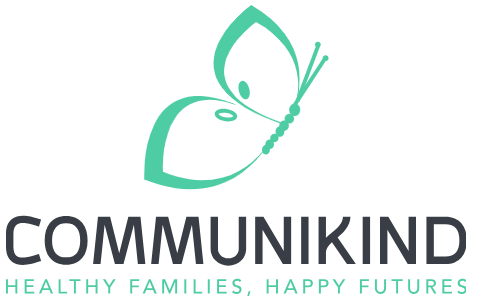Why I Switched to Premium Longboard Deck Grip Tape: My Personal Experience and Expert Insights
As I stand on my longboard, the sun dipping below the horizon and the wind rushing past me, I can’t help but feel an exhilarating sense of freedom. But that feeling wouldn’t be quite the same without the unsung hero of my ride—longboard deck grip tape. This often-overlooked element plays a crucial role in ensuring…
